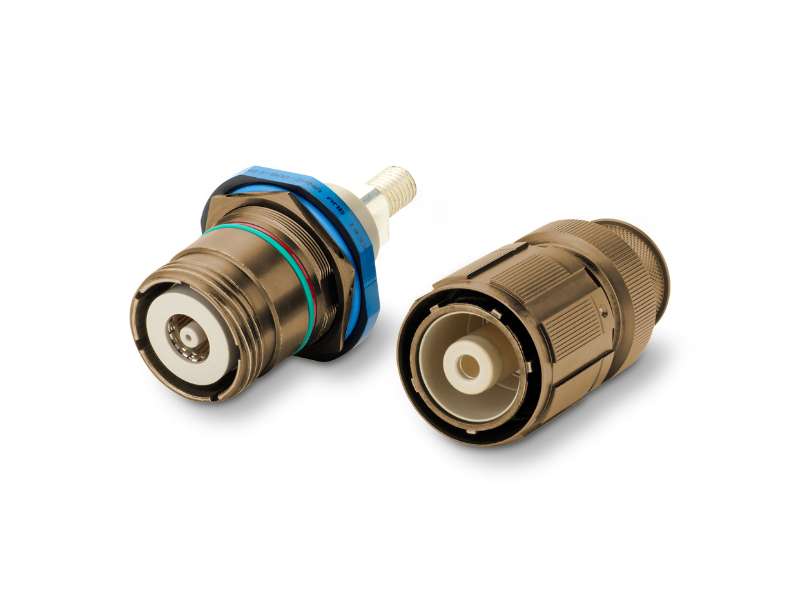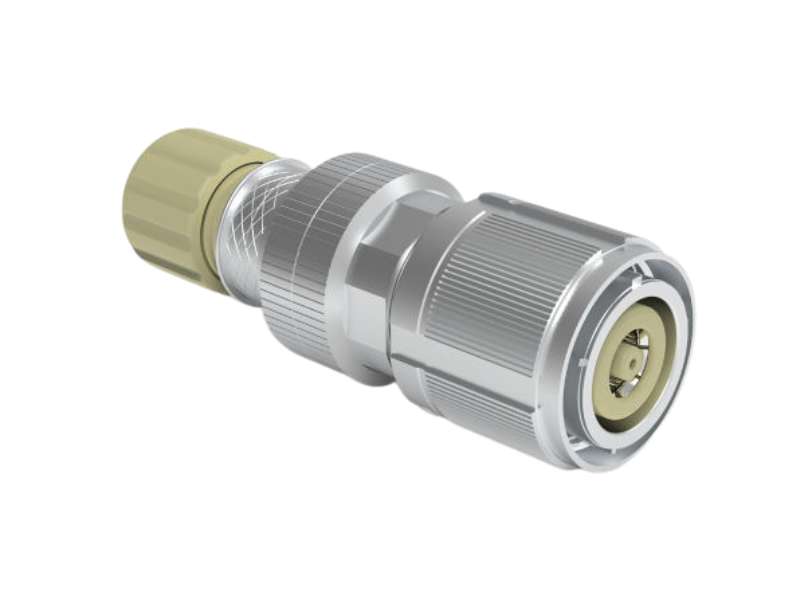Semiconductor Intelligence President, Bill Jewell, believes that it will take time to alleviate the shortage of automotive semiconductors, and the supply chain tension will continue until 2023.
“Shortages of automotive semiconductors will likely remain through at least the year 2023. Although a few automakers indicate they are back at full production, most report continuing shortages. The shortages will prevent automakers from producing enough vehicles to meet demand in 2022 and 2023, resulting in continued high prices for most vehicles,” writes Jewell.
“Automakers and semiconductor suppliers are working to try to prevent such severe shortages in the future. Automakers are adjusting their just-in-time inventory models. Automakers are also working more closely with semiconductor suppliers to communicate their short-term and long-term needs. Semiconductors will become even more crucial to automakers as trends toward electric vehicles and driver-assist technologies continue.”
Due to the long design cycles and long product life, semiconductors used in automotive applications use older process nodes than most other applications, writes Jewell. “Semiconductor manufacturers concentrate their capital spending on the more advanced process nodes, with only modest expansion of capacity in older nodes. TSMC, the dominant wafer foundry, makes 65% of its revenue from advanced process nodes and only 12% of its revenue from nodes of 90 nanometers or greater. Only 5% TSMC’s revenue is from automotive, compared to 38% from smartphones. Thus, automakers are generally a lower priority for foundries.”
To avoid electronics supply-chain disruptions, you may also wish to consult an expert in electronics component supply. With more than three decades of supply-chain expertise, Astute Electronics is ideally placed to work with you on your daily component requirements.
For more help with looking at supply chain options, contact Astute Electronics






